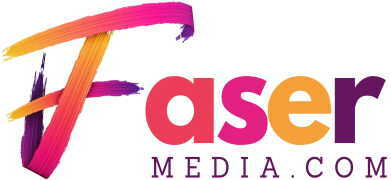Learning to surf as an adult over the age of 40 can be daunting. But don’t let your age hold you back. With the proper preparation and guidance, you can learn to surf in a matter of weeks. However, it is a good practice to select from the best surf camps for adults if you want a thorough lesson. A semi-professional won’t be able to identify and rectify your problem areas correctly.
Prepare your body
Surfing is a total body exercise as it uses all your muscle groups. So, strengthen your body with cardio, push-ups, squat jumps, planks, and burpees. Remember to stretch each muscle thoroughly before you begin your routine. Additionally, practice deep breathing. While you’re underwater, it helps if you can hold your breath for an extra few seconds.
Further, surfers are prone to getting muscle cramps due to dehydration, exposure to cold water, and fatigue. So, don’t overwork yourself, and remember to sip water occasionally while you’re out hitting the waves.
Learn to swim in the ocean
A key reason why many adults discontinue surfing lessons after a few classes are that they are not confident underwater. If you have only swum in pools and lakes, take some time to familiarize yourself with ocean swimming. Start small by practising freestyle in a bay or when there is minimum swell. The ocean is unpredictable, and you must be able to keep a level head in choppy waters. Even if you are a seasoned swimmer, it is a good practice to never venture out without a friend or an instructor.
Choose the right board
Beginners are more comfortable on the broader, longer foam boards. The narrow boards, on the other hand, are more difficult to control and may discourage you quickly. Consult your instructor and make sure that the board is suited for your height and weight. A rule of thumb is to choose a seven-foot board if you weigh under 155 pounds, an eight-footer if you weigh over 176 pounds, and a 7’6″ board if you weigh anywhere in between. Be truthful about your ability, and don’t buy a board beyond your level of expertise. Alternatively, the best surf camps for adults give you the option to rent an appropriate board for your classes.
Choose the right wetsuit
Wetsuits come in various thicknesses to suit the temperature of the waters where you surf. They are meant to keep you warm, not dry. They work by trapping a layer of water between your skin and the suit, thus insulating you from the cold ocean waters around you. You could end up with muscle cramps or hypothermia if you ignore the right attire if you’re surfing in cool waters. On the other extreme, if it’s sunny, consider wearing clothing with UV protection. Three numbers indicate the thickness of the suit – the first number is how thick the wetsuit’s torso area is, and the other two indicate the thickness at the legs and arms, respectively. Thicker suits, though good for insulating you, tend to reduce your mobility. Consult your instructor regarding the water temperatures before you purchase your first wetsuit.
In Conclusion
Learning has no age ceiling, and if you want to learn to surf as an adult, nothing can stop you. Take age-appropriate precautions regarding your musculoskeletal and cardiovascular health. Communicate your pre-existing medical conditions with your instructor so they can make arrangements for emergency help if needed. With the right board and wetsuit, you’re ready to make a splash at your surfing classes!
Author Bio :- Karen Anthony
